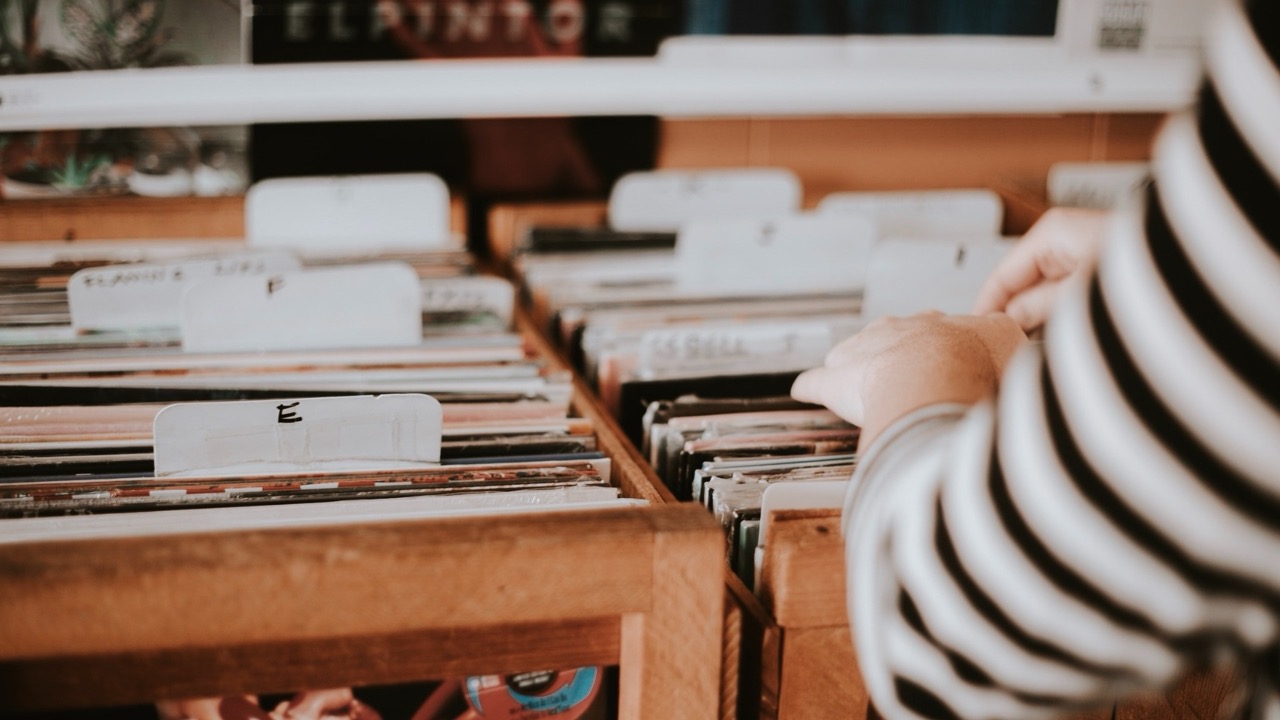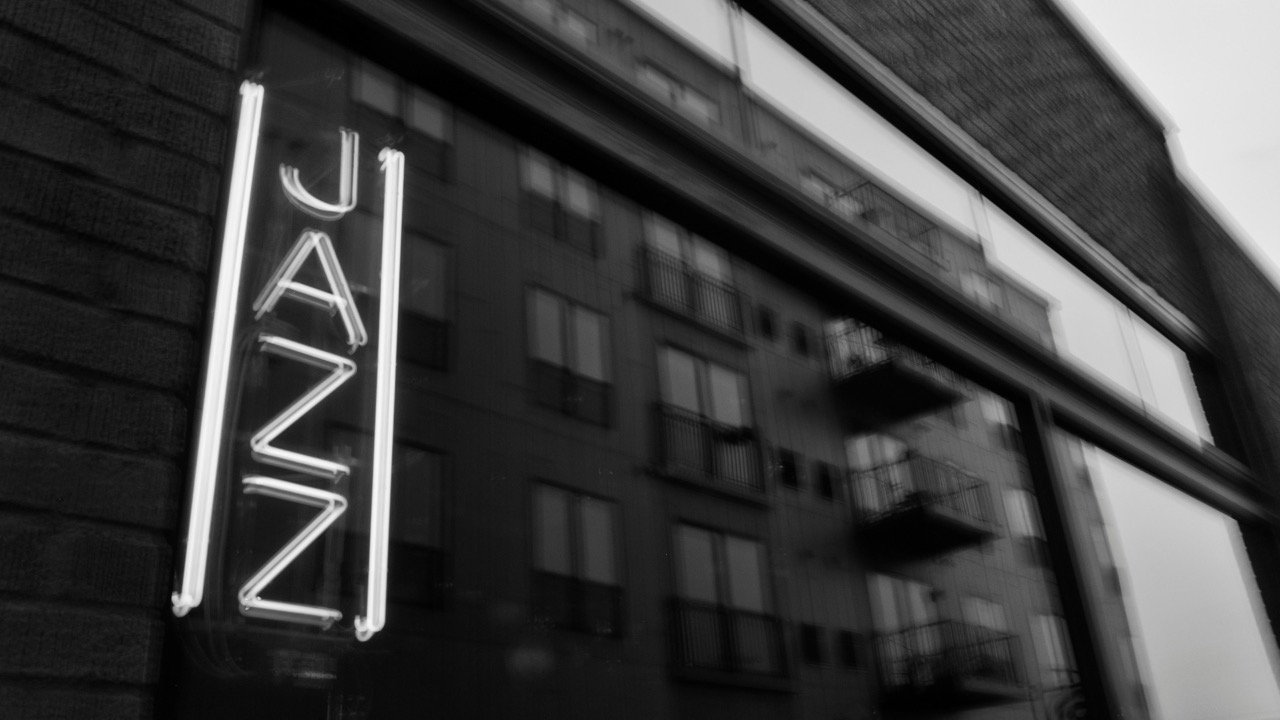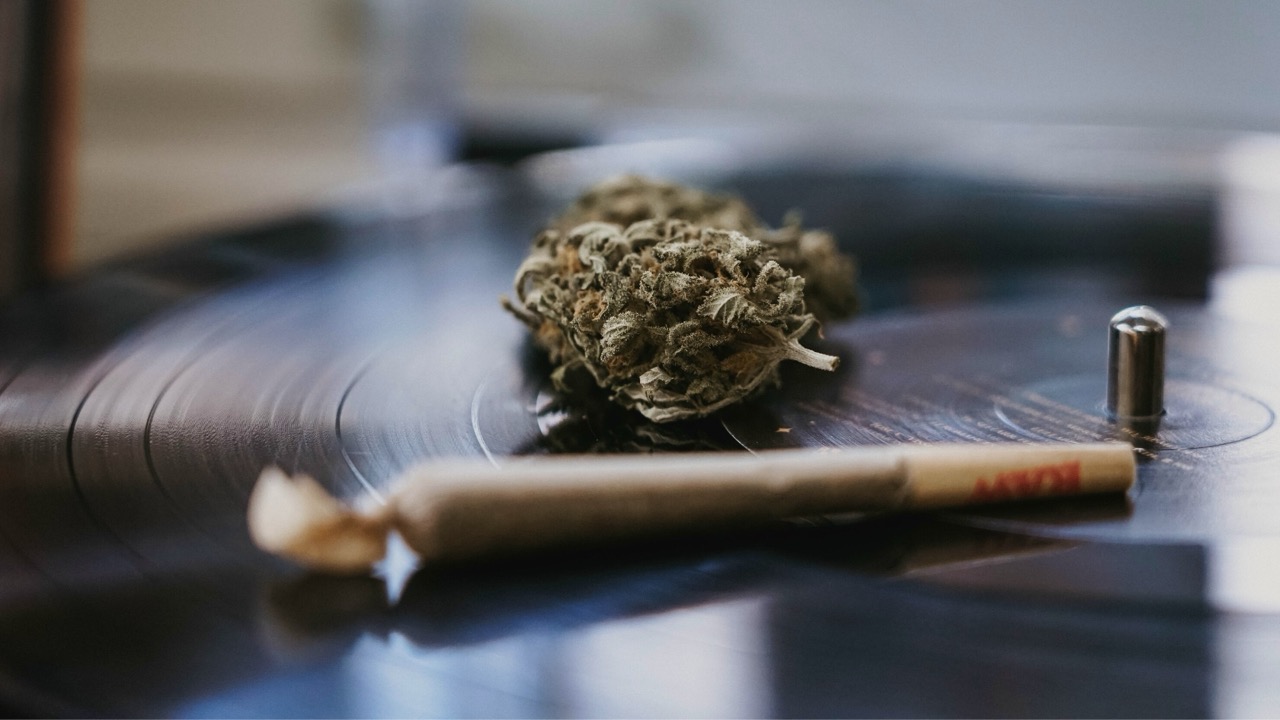Cannabis and jazz music: two cultural phenomena that have significantly shaped the course of history in their own right. But did you know that they share a fascinating history intertwined with creativity, rebellion, and artistic expression? Let’s embark on a journey through time, exploring the deep-rooted connection between cannabis and jazz.
In the smoky, dimly lit jazz clubs of the early 20th century, cannabis played a pivotal role in the creative process of musicians. It was more than a recreational indulgence; it was a muse, a source of inspiration that fueled improvisation and unlocked a realm of boundless creativity.
During this era, jazz musicians sought to break free from the constraints of traditional musical norms. Cannabis offered an escape from the mundanity of everyday life, allowing them to tap into a wellspring of untapped musical potential.
Prohibition Era Influences

The journey of jazz begins in the vibrant streets of New Orleans, where African, European, and Caribbean musical traditions converged to give birth to a genre that would revolutionize the music world. Its syncopated rhythms and improvisational nature reflected the spirit of a generation seeking liberation from societal constraints.
As the Prohibition era dawned, jazz clubs emerged as beacons of rebellion. These speakeasies, hidden in the back alleys of bustling cities, became sanctuaries for those seeking refuge from the dry laws. Here, jazz musicians found a platform to express themselves freely, often accompanied by the subtle aroma of cannabis, which further blurred the lines between the real world and the realm of artistic expression.
Legendary jazz figures like Louis Armstrong, Bessie Smith, and Duke Ellington were not only masters of their craft but also enthusiasts of the green herb. Cannabis became an essential part of their creative process, providing a gateway to uncharted musical territories.
However, this fusion of jazz, cannabis, and counterculture did not go unnoticed by the authorities. Crackdowns on jazz clubs and cannabis dens became commonplace, painting them as symbols of deviance. Yet, this only served to strengthen the resolve of those who believed in the power of this cultural revolution.
The legacy of jazz, cannabis, and the Prohibition era reverberates through time. Today, jazz festivals around the world pay homage to this historic connection, often providing spaces where enthusiasts can celebrate both the music and the herb. As cannabis legalization sweeps across regions, a new chapter unfolds, inviting artists to explore the synergies between altered states of mind and creative expression.
Jazz Legends and Cannabis

Some of the most iconic jazz musicians of all time were avid consumers of cannabis. Figures like Louis Armstrong, who once famously said, “It really puzzles me to see marijuana connected with narcotics… dope and all that crap. It’s a thousand times better than whiskey—it’s an assistant—a friend,” openly celebrated the influence of cannabis on their artistry.
For these legends, cannabis was not merely a vice; it was a trusted companion that expanded the boundaries of their musical prowess. It became an essential part of their lifestyle and creative process. While sourcing cannabis depended on where you were, there was one jazz legend who made his way through the scene as a legendary musician and dealer.
Mezz Mezzrow: A Jazzman and Cannabis Advocate

Mezz Mezzrow, a talented clarinetist and saxophonist, not only left an indelible mark on the jazz scene but also became well-known for his involvement in the cannabis trade.
Mezzrow’s connection to cannabis was not just a casual affair; it was a thriving business. He saw the potential of cannabis not only as a creative enhancer but also as a means to rebel against the prevailing norms of his time. In the midst of the Prohibition era, Mezzrow seized the opportunity to provide his fellow musicians and enthusiasts with a source of inspiration and solace.
His cannabis dealings became almost as legendary as his music. He operated with a certain audacity, openly challenging the restrictive laws that sought to stifle both his art and his chosen form of recreation.
Louis Armstrong: The Trumpet and The Joint
Louis Armstrong, often hailed as the father of jazz, was known not only for his virtuosity on the trumpet but also for his affinity for cannabis. It was said that “Satchmo” didn’t just blow notes; he blew minds, often with a little help from his beloved “gage,” a term used in the jazz circles of the time for cannabis.
Bessie Smith: The Empress of Blues and the Herb

Bessie Smith, with her powerful and soulful voice, was a force to be reckoned with in the world of blues and jazz. Behind the scenes, she found solace and inspiration in the embrace of cannabis. It was her way of tapping into the raw emotions that would resonate in her music.
Duke Ellington: Orchestrating Highs and Harmonies

Duke Ellington, the maestro of the jazz orchestra, was a visionary whose compositions shaped the genre. Behind closed doors, he explored the realms of creativity with the aid of cannabis. It was his secret ingredient, a muse that helped him weave intricate tapestries of sound.
Billie Holiday: Lady Day and the Green Muse

Billie Holiday, known as “Lady Day,” possessed a voice that could pierce the soul. Her hauntingly beautiful ballads were often inspired by the depths of human emotion, a wellspring she accessed through cannabis. It was her muse, providing her with the courage to bare her heart in every note.
Thelonious Monk: The Pianist and the Puff

Thelonious Monk, the enigmatic pianist and composer, was known for his avant-garde approach to jazz. His music was a testament to his free-spirited nature, and cannabis was a companion on his creative journey. It was the key that unlocked the door to his boundless imagination.
Charlie Parker: Bird Takes Flight with Cannabis

Charlie Parker, nicknamed “Bird,” was a virtuoso saxophonist who pushed the boundaries of jazz improvisation. Cannabis was his constant companion, a source of inspiration that allowed him to soar to new musical heights. It was the wind beneath his wings.
The 1960s and Beyond

The 1960s ushered in a new era of cultural revolution, with the counterculture movements and the jazz revival at its forefront. Cannabis became a symbol of resistance, a tool for self-expression, and a catalyst for societal change. It was more than a substance; it was a statement. In this turbulent decade, jazz musicians, along with artists from various disciplines, embraced cannabis as a means to challenge the status quo. It was a way to break free from convention and create art that resonated with the spirit of the times.
However, as the War on Drugs gained momentum, cannabis faced increasing legal scrutiny. Jazz musicians, like many others, felt the weight of this oppressive regulation. Many found themselves entangled in a web of legal battles, their creative spirits dampened by the looming threat of criminalization. The stigma surrounding cannabis cast a long shadow over the jazz community, stifling the artistic freedom that had once flourished in its presence.
Today, the connection between cannabis and jazz music endures, albeit in a different landscape. With changing attitudes and evolving laws surrounding cannabis, contemporary jazz musicians continue to explore the boundaries of their creativity with newfound freedom.
Cannabis remains a tool for self-discovery and artistic expression, allowing musicians to push the boundaries of their craft in ways that would have been unimaginable in the past.
Legalization and Artistic Freedom

As cannabis legalization sweeps across the globe, jazz musicians find themselves in a renaissance of artistic freedom. The shackles of prohibition are breaking free at breakneck speed, allowing artists to fully embrace the creative potential that cannabis offers.
This newfound liberation is reflected in the bold and boundary-pushing compositions of modern jazz, echoing the rebellious spirit of their predecessors. In the grand tapestry of cultural history, the threads of cannabis and jazz music are woven together, creating a rich and vibrant narrative. From the smoky jazz clubs of the 1920s to the contemporary stages of today, the influence of cannabis on jazz remains an indelible mark on both cultures.
For you, sweet smoker, pairing jazz and cannabis is an art form in itself. For many, it’s about creating an immersive sensory experience where the music becomes a gateway to a heightened state of consciousness. It’s a personal journey, with each individual finding their unique rhythm in this harmonious dance between sound and sensation.
Tap into our favorite Jazz Trax playlist, twist up a joint, and get lost in the sweet sounds.


